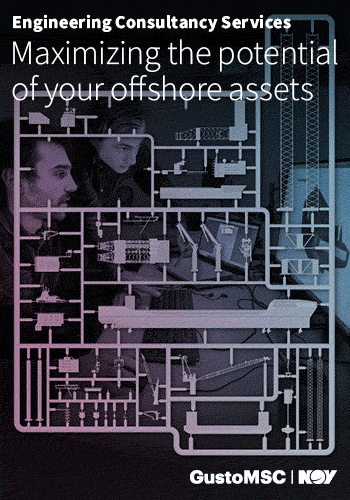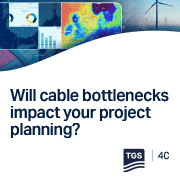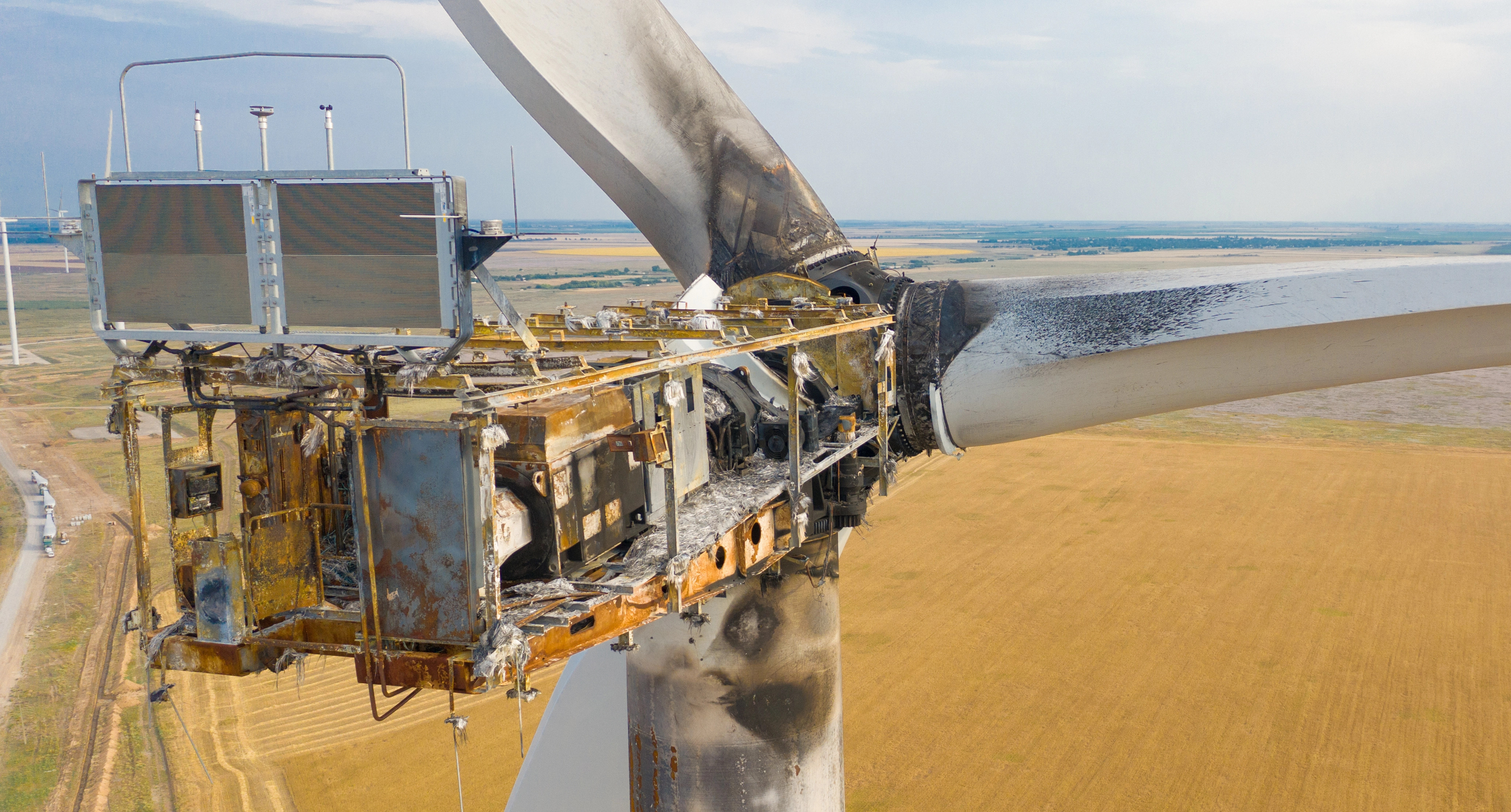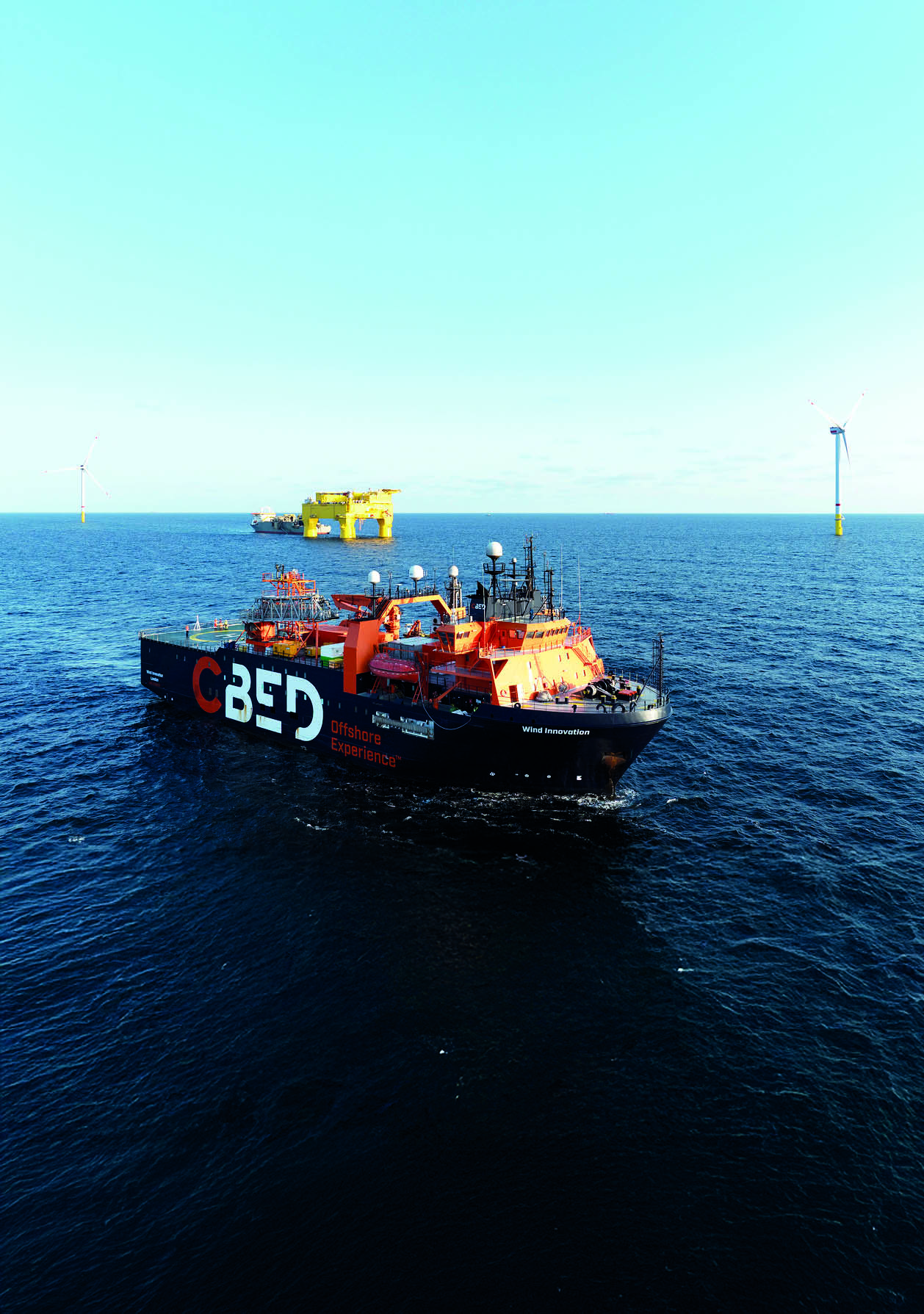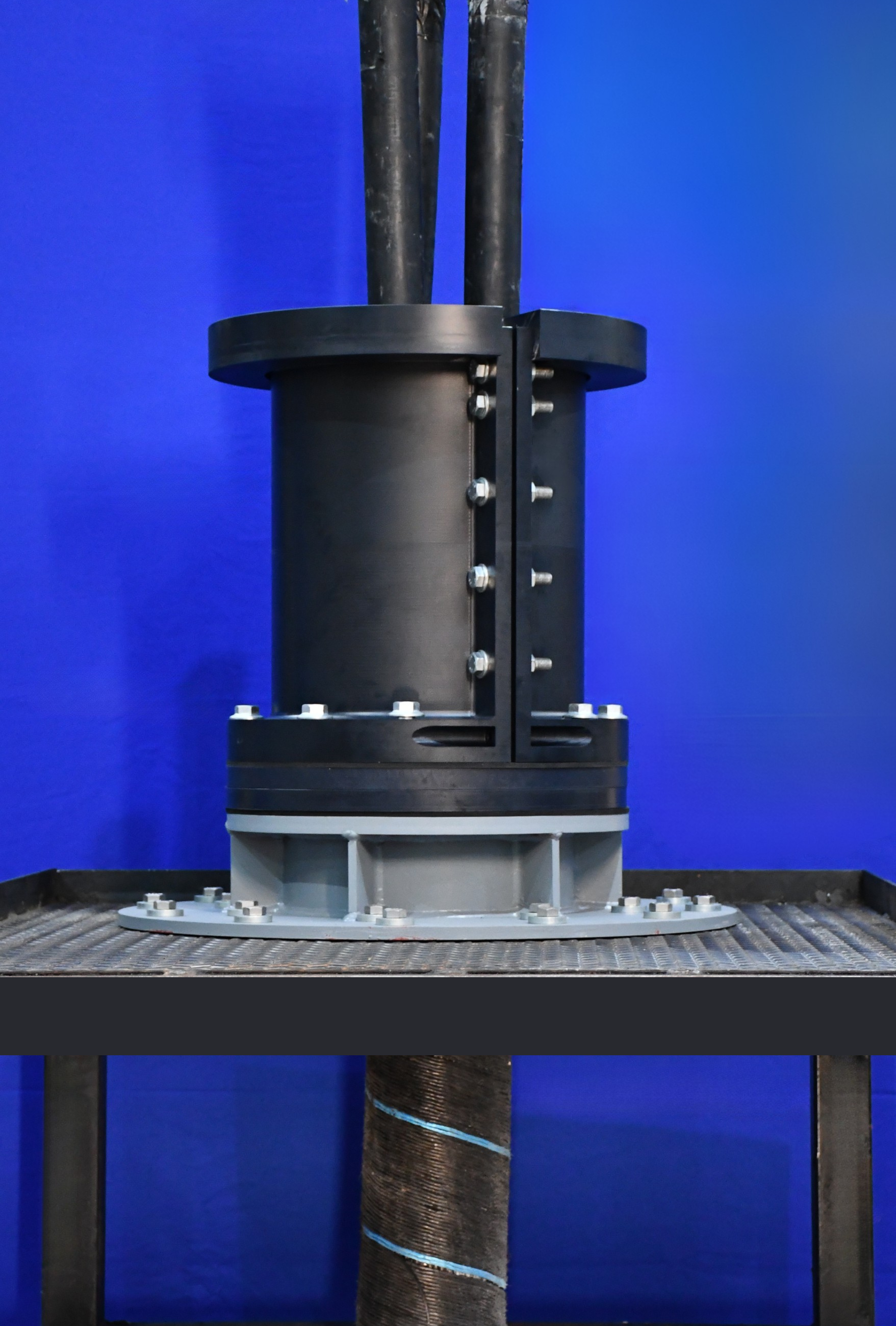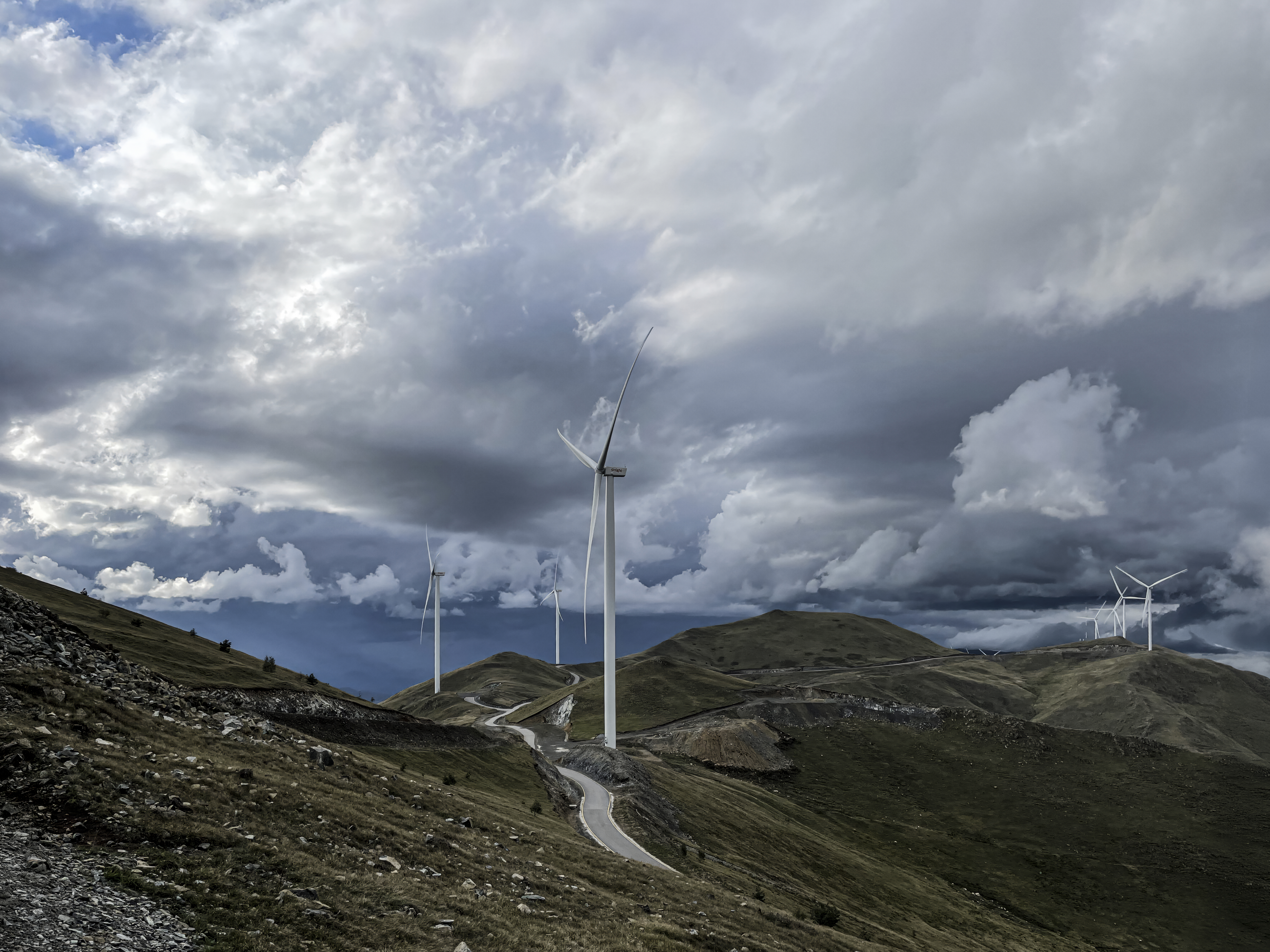Exclusive Articles
Blade root failures in focus: giving you the time to act, not just react
Published in: Wind, Exclusive Articles, PES Spotlight
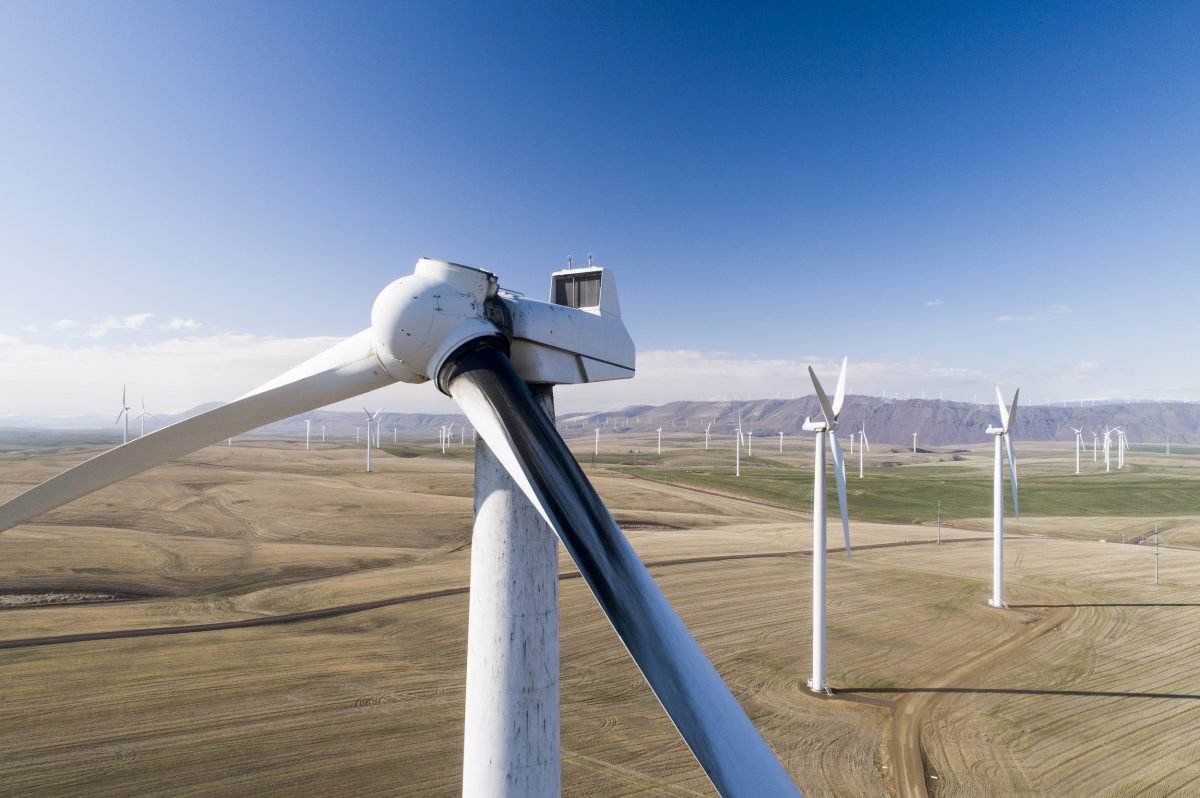
The wind energy sector is grappling with a growing challenge: blade root insert failures, once considered rare, are now an urgent and tangible threat to operational performance and long-term asset health. Predictive analytics provide more than just data; they offer actionable strategies.
Recent incidents in the US, like the blade liberations at wind farms in Biglow Canyon, Oregon, Findlay Whirlpool, Ohio and Lungren, Iowa, illustrates that this isn’t a theoretical issue, it’s happening now, and across multiple turbine types owned and operated by major players.
While these designs generate more power, they also introduce greater mechanical stress at the blade root, amplifying the risk of insert degradation due to increased cyclic loading and adhesive stress.
The worst-case scenario, a catastrophic blade failure leading to whole turbine collapse, can cost upwards of $5 million. But it doesn’t stop there. For owner-operators, the real impact includes lost shareholder confidence, community disengagement and increased regulatory scrutiny.
Early detection is essential, not just to prevent these outcomes, but to preserve the opportunity for fast, cost-effective uptower repairs. Because once that window closes, the cost and complexity of a full blade replacement is the only long-term option which can cost up to $500k per blade replaced.
To read the full content, please download the PDF below.
Download full article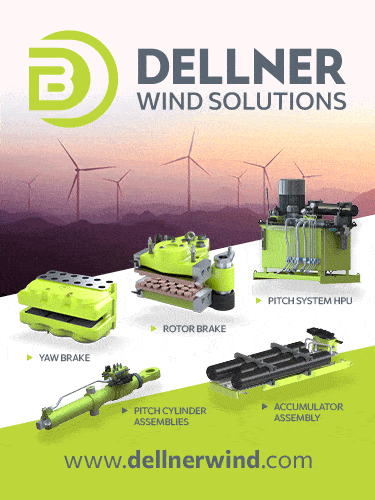

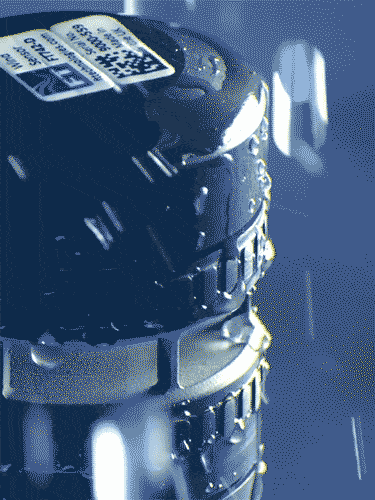
.gif)

